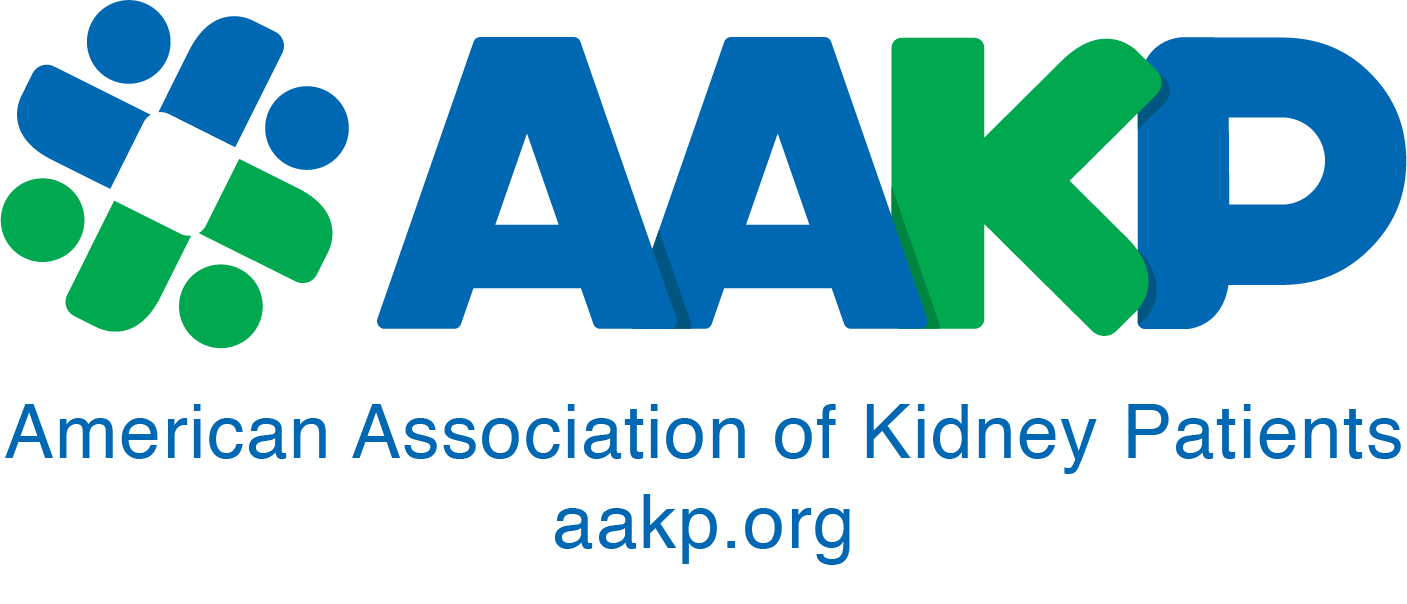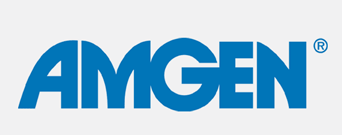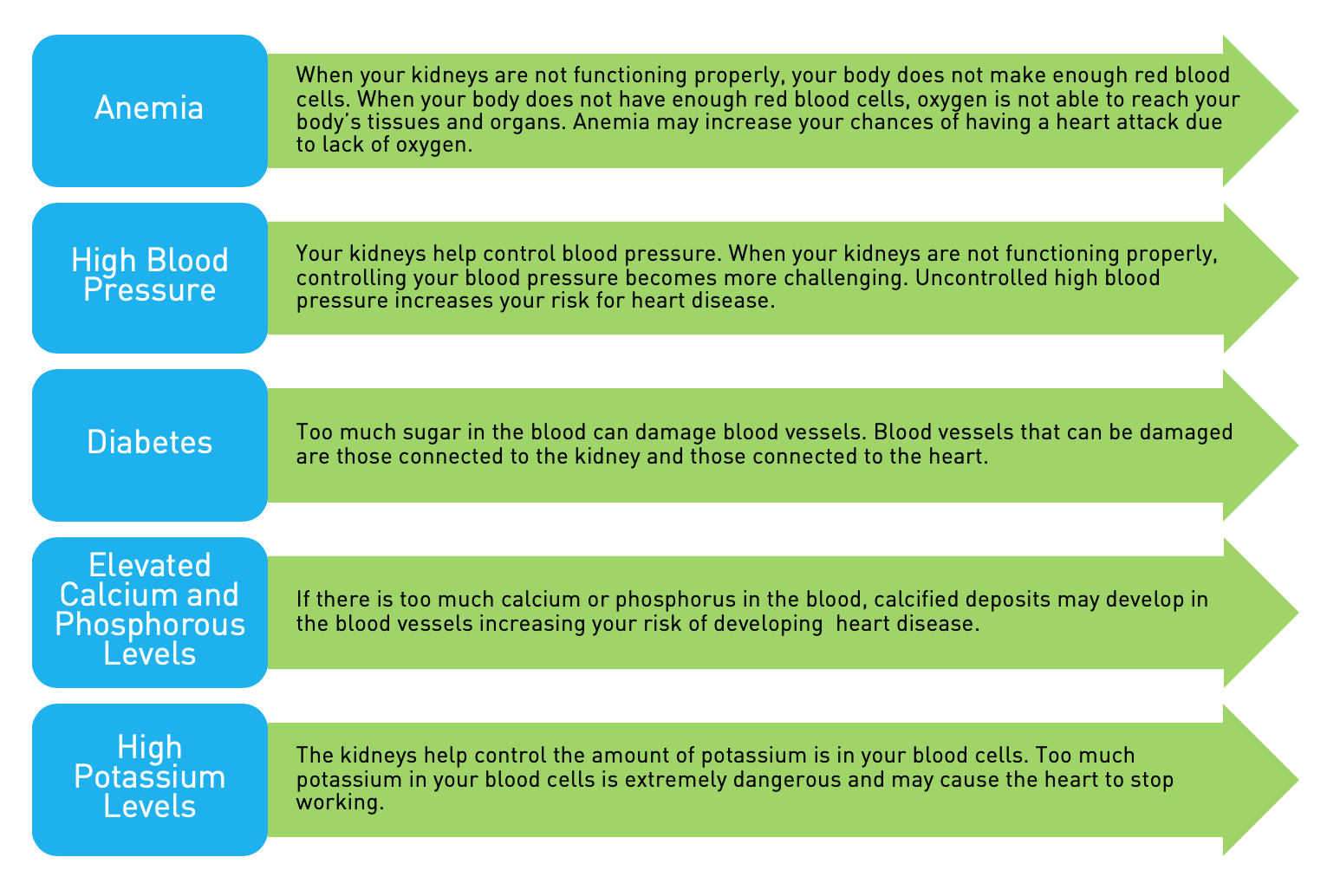A correlation between method of administration and clinical result achieved has been known for erythropoietin use in dialysis patients for a decade (NEJM). Application of this knowledge has not been the usual practice, however. Anemia management has remained a major concern both in looking at outcomes for dialysis patients and means to control the rising costs for their care.
In response to questions by payers for generating better results at lower cost, our practice decided to apply the lessons learned from drug response results in the care of our renal failure patients five years ago. Subcutaneous (under the skin) injections of erythropoietin was begun both for our chronic kidney disease (CKD) patients and our dialysis patients. The beneficial results led us to use the method throughout our practice.
Data about our results was validated by an external end-stage renal disease (ESRD) management company (RMS) for a group of our patients receiving Medicare replacement insurance. Since the beginning of 2004, an average of 140 dialysis patients have had results analyzed and presented to my group on a quarterly basis. The mean hemoglobin has risen from 11.7 to 12.0 while the median hemoglobin has risen from 11.8 to 12.0 from first quarter 2004 to the end of first quarter 2007. The percentage of patients surpassing the goal and reaching a hemoglobin over 12.9 has remained 20 percent or less, while the percentage of patients failing to reach a hemoglobin of 10 has remained about four percent. During those three years, the mean weekly subcutaneous Epogen dose has ranged 11638-15438 units with the median range of 9000-10000 units. By comparison, the United States Renal Data System (USRDS) mean weekly intravenous Epogen dose is over 18000 units. The improved efficiency of the subcutaneous dosing versus intravenous dosing generated savings in dosing by 12,000-18,000 units per month per patient.
Despite the evident benefit from subcutaneous medication dosing, objections arise about possible patient complaints and nursing resistance to the method. Pain from the injection has lessened to a mild level with the use of multi-dose vials containing a preservative. The rare complaints come from patients who travel and see someone else receive the medication intravenously during dialysis, but not from clinics that routinely give the subcutaneous dose. Furthermore, dosing can usually be reduced to once or twice a week which frees nursing time to perform other tasks such as foot checks, medication checks and dialysis option education.
Finally, there is an economic responsibility to insure that our tax money is spent as well as possible. If we can save some money in treating anemia successfully, then perhaps the savings can be used for other programs to support and care for the dialysis patient.
Answer provided by Ronald W. Hamner, MD, FACP. Dr. Hamner is a practicing nephrologist in San Antonio, TX.
This article originally appeared in the January 2008 issue of aakpRENALIFE.
























